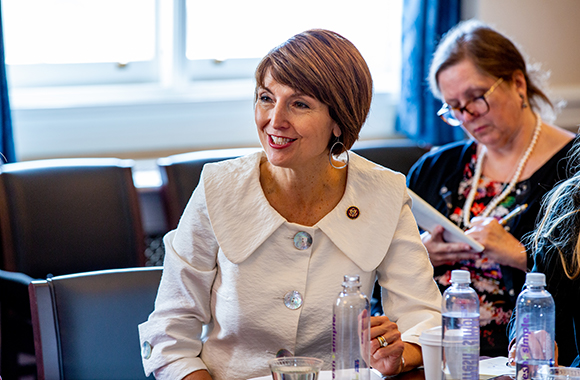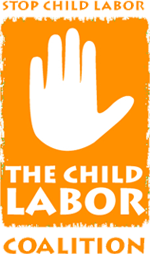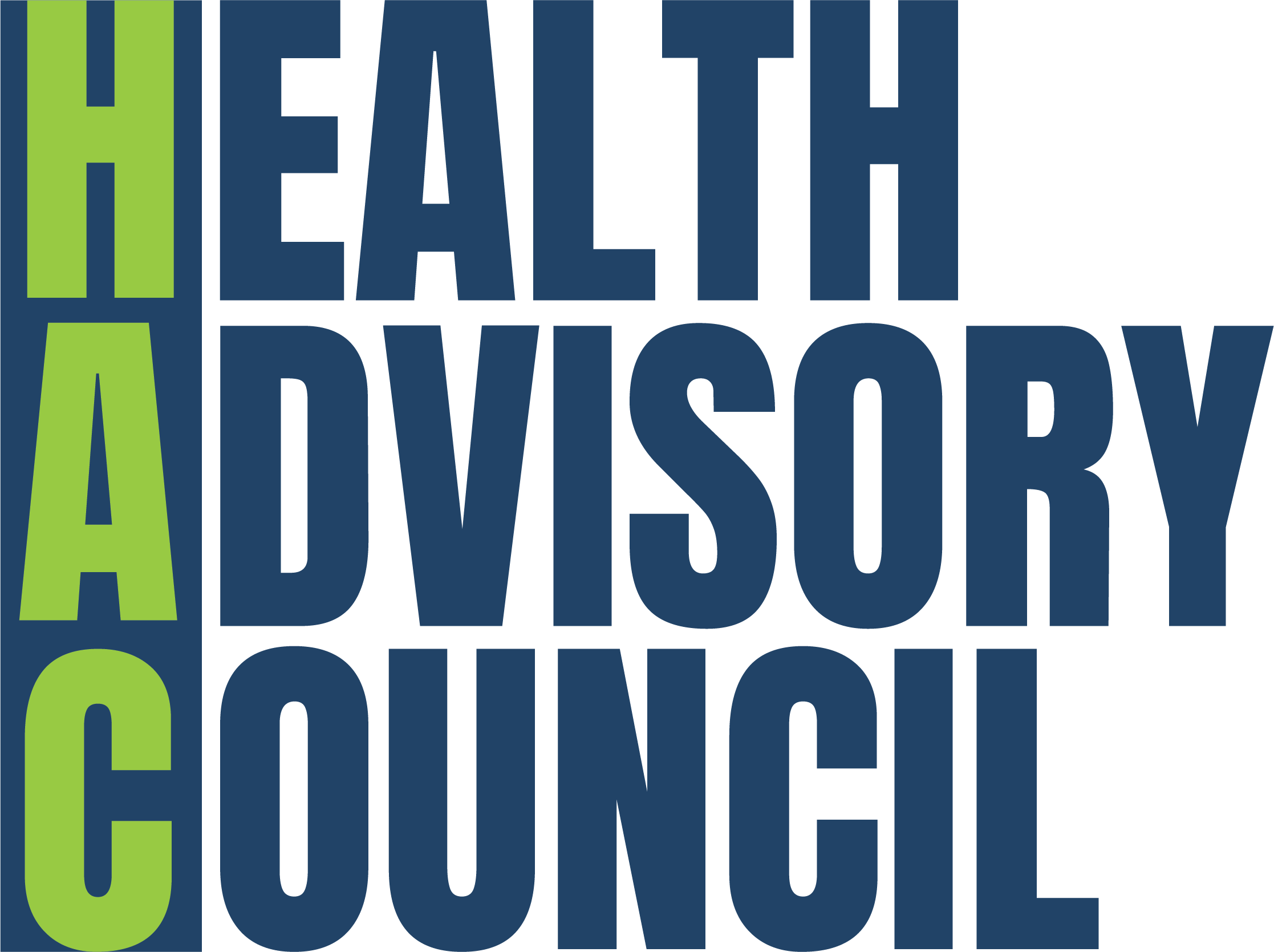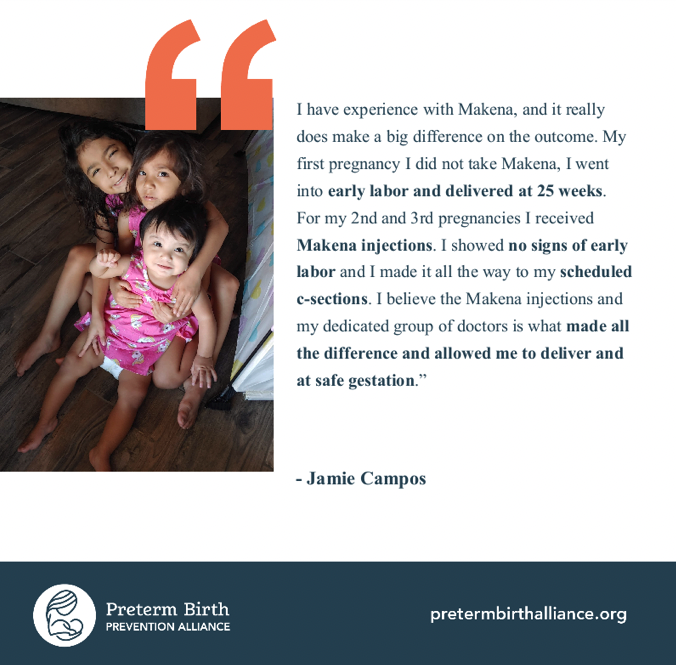Credit Card Industry Profiting from Consumer Missteps – National Consumers League
By Sally Greenberg, NCL Executive Director
Last week’s public television’s Frontline featured “The Card Game,” an investigation of the credit card industry and what’s ahead for consumers and banks.
Frontline’s conclusions aren’t good news for consumers: Despite passage of the May 2009 Credit Card Accountability Responsibility and Disclosure Act (“The Credit CARD Act”), the days of tricks and traps by banks and other financial institutions are far from over.
I ran headlong into the world this past week when I intervened with Capital One Bank on behalf of a family friend who was panicking over a credit card problem. The friend — I’ll call her Marti — earns just over minimum wage in each of the two jobs she holds. She called me because she knows I do consumer work for a living. Anyway, Marti couldn’t figure out why her credit card balance kept growing when she hadn’t used the card since last year. Marti is conscientious. Each month since April 2008 she has faithfully paid the minimum amount that appeared in the box on her bill — yet her balance grew and grew.
Frankly, I couldn’t figure out the bill either. If she pay the minimum balance, it may take a long time to pay off the balance, but the balance shouldn’t grow. Or so I thought. Welcome to the world of “over credit limit” charges. Marti’s card carried a $750 limit. In her last transaction — April 2008 — she had gone $8 and change over her credit limit. That $8 triggered a $39 “over-limit” charge, accompanied by a finance charges. So, while Marti paid the minimum each month, her balance remained above the “over credit limit” triggering multiple $39-charges since last April.
I only learned this by calling Capital One. Indeed, Marti’s balance had reached $1,080 without her charging a dime on the card since last year. That’s $330 purely in finance charges — set at 22% — and over-limit fees. After much cajoling, the supervisor with whom I spoke agreed to forgive three of the $39 charges. She said she couldn’t do any more.
This story reinforced what the Frontline reporters found: that credit card companies trap consumers — particularly low income consumers — in a never-ending spiral of fees and charges that grow larger by the month. Even consumers like Marti, who pay something each month, find themselves sinking deeper and deeper into debt.
Marti is, I suppose, one of the lucky ones. She has someone to advocate for her. Still, there’s something I don’t understand: What happened to a bank earning profits the old-fashioned way, by making a reasonable profit by lending consumers money at reasonable interest charges. Say 6 or 7 percent?
But that’s not how banks make their money these days. And Capitol One’s practices aren’t unique. In 2007, the banking industry earned about $29 billion from overdraft fees, according to Celent, a consulting firm for the banking industry. That is more than the $28 billion consumers spent on major appliances and the $14 billion they spent on books.
If you think about it, banks today make much of their income from things their customers do wrong. Like unknowingly going over a credit limit, or being a few days late paying their bills. The new CARD bill will curb some of these practices, but undoubtedly the banks will find new tricks and traps. That doesn’t sound like a good customer relations strategy to me.














